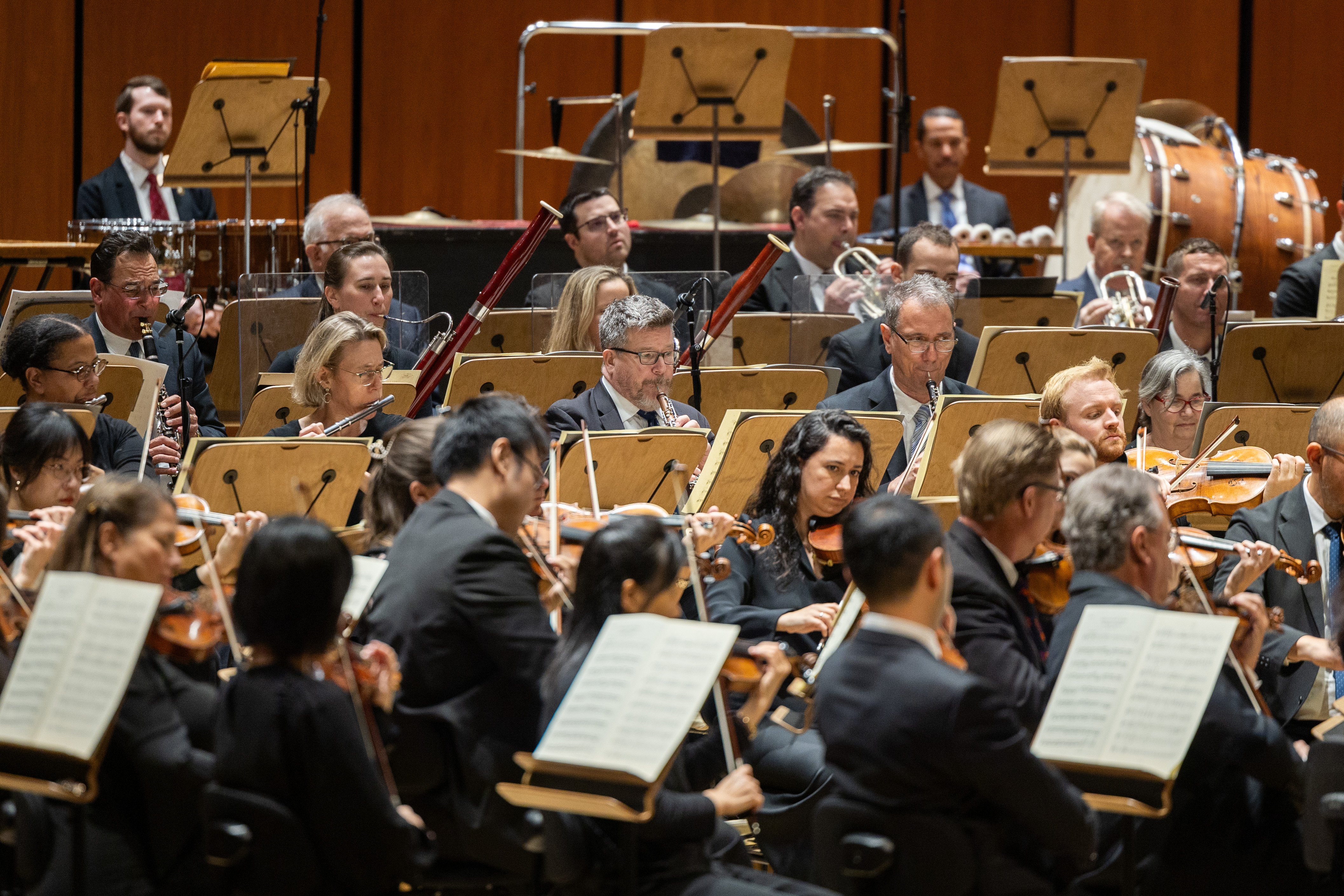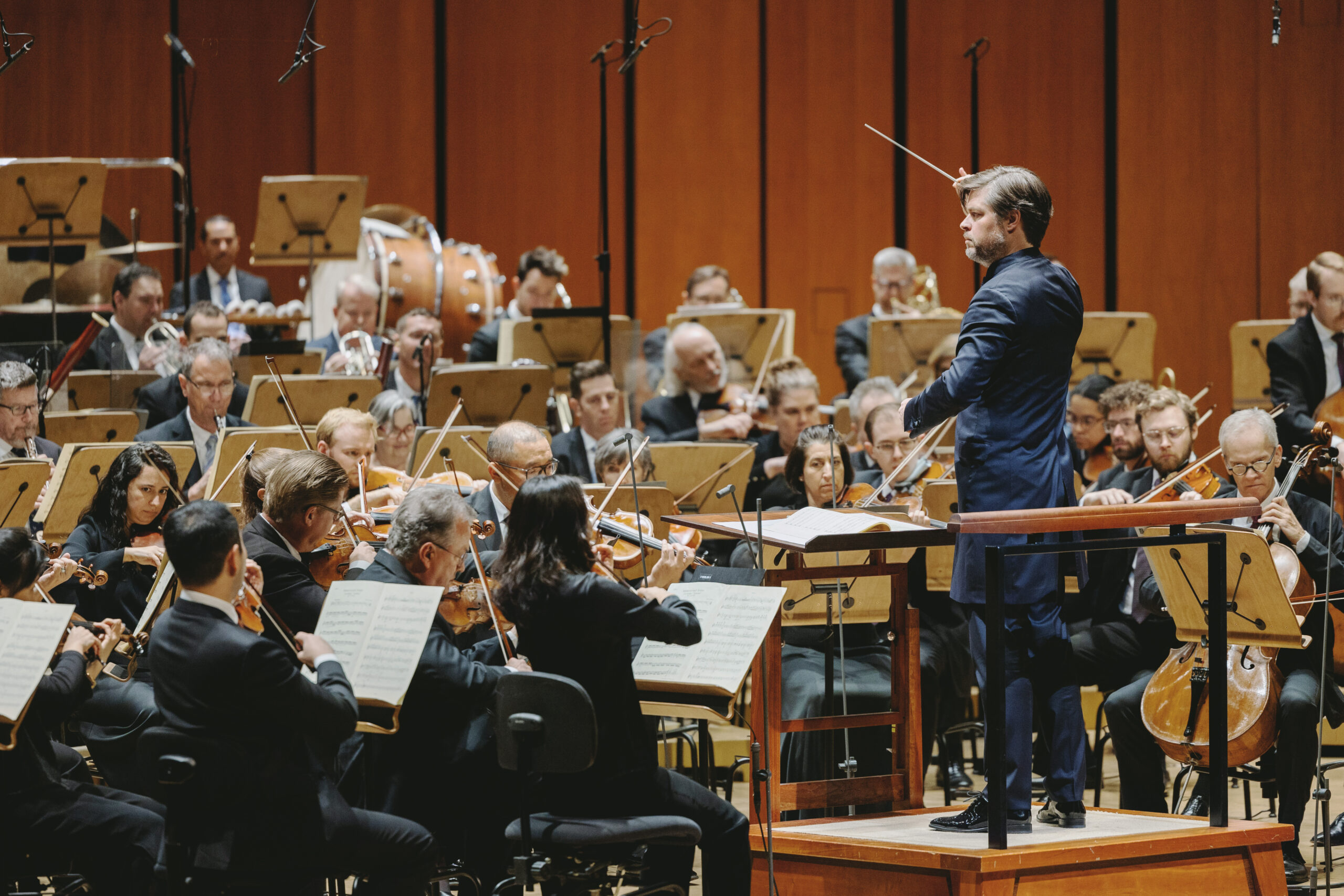
September 6, 2024
Don Quixote: Man of La Mancha
 Don Quixote is a Spanish novel written by Miguel de Cervantes. Originally published in two parts—Part 1 in 1605 and Part 2 in 1651—it is considered the first modern novel and is one of the most translated books in the world. The story centers around a middle-aged Spanish nobleman named Alonso Quixano. Inspired by the romantic tales of chivalry he loves to read, he decides to become a knight-errant, renaming himself Don Quixote de la Mancha. Armed with an old suit of armor, a rusty lance, and riding his frail horse, Rocinante, Don Quixote sets out on a series of adventures, believing it is his duty to revive chivalry and protect the helpless.
Don Quixote is a Spanish novel written by Miguel de Cervantes. Originally published in two parts—Part 1 in 1605 and Part 2 in 1651—it is considered the first modern novel and is one of the most translated books in the world. The story centers around a middle-aged Spanish nobleman named Alonso Quixano. Inspired by the romantic tales of chivalry he loves to read, he decides to become a knight-errant, renaming himself Don Quixote de la Mancha. Armed with an old suit of armor, a rusty lance, and riding his frail horse, Rocinante, Don Quixote sets out on a series of adventures, believing it is his duty to revive chivalry and protect the helpless.
The story includes of the following characters:
Cide Hamete Benengeli: The fictional Moorish historian Cervantes presents as the “author” of Don Quixote’s adventures.
Don Quixote: The protagonist of the story, a man approaching 50 years of age who becomes a self-proclaimed knight-errant.
Sancho Panza: Don Quixote’s loyal squire and companion.
Rocinante: Don Quixote’s aging, bony horse whom he believes to be a mighty steed.
Dapple: Sancho Panza’s donkey.
Dulcinea del Toboso (Aldonza Lorenzo): The lady love of Don Quixote.
The Priest (Pedro Pérez): A friend of Don Quixote .
The Barber (Maese Nicolás): Another friend of Don Quixote.
The Niece (Antonia): Don Quixote’s niece who lives with him.
The Housekeeper (Anna): A servant in Don Quixote’s household.
Sanson Carrasco: A university graduate and friend of Don Quixote
Duke and Duchess: Nobles who come across Don Quixote and Sancho Panza
Gines de Pasamonte: A criminal and former galley slave
The Birth of Don Quixote’s Quest
The story begins with Alonso Quixano, a man of modest means and a quiet life in a rural part of La Mancha, Spain. Quixano is so captivated by the romantic tales of knights and heroic deeds that he spends all his time reading these books. Over time, his obsession with these chivalric stories leads him to lose touch with reality. He decides to become a knight-errant himself, adopting the name Don Quixote de la Mancha, in a quest to revive chivalry and protect the helpless. He fashions a suit of armor from his great-grandfather’s old set, renames his aging horse Rocinante, and sets out to find adventures, imagining himself as a defender of justice.

Gathering Companions and Setting Out
No knight is complete without a squire and Don Quixote quickly enlists the help of a neighboring farmer, Sancho Panza. Sancho, who is promised wealth, adventure, and ultimately, governorship of an island. Despite his initial doubts, Sancho agrees, bringing along his loyal donkey, Dapple. Together, the mismatched pair embark on a series of misadventures. Don Quixote’s imagination often gets the better of him, leading him to interpret ordinary objects and events as grand, chivalric scenarios. One of the most famous episodes involves Don Quixote mistaking windmills for giants and attempting to fight them, only to be knocked off his horse by the windmill’s blades. Sancho, who sees the world for what it truly is, tries to caution Don Quixote but often gets swept up in his master’s delusions.
Misadventures and Delusions
Throughout their travels, Don Quixote’s vivid imagination transforms everyday encounters into fantastical episodes, being with ridicule, pity, or exploitation by those he meets along the way. His delusions are often met with mockery, as others take advantage of his misguided sense of duty and honor. Despite this, Don Quixote remains unwavering in his belief in the chivalric code, which values courage, honor, and loyalty. He dedicates all his heroic deeds to a peasant woman named Aldonza Lorenzo, whom he envisions as his lady love, renaming her Dulcinea del Toboso and imagining her as the most beautiful and virtuous woman in the world. Even though he never actually meets Dulcinea, his devotion to her drives many of his actions, as he performs brave deeds in her name.

As Don Quixote and Sancho continue their travels, they encounter various characters who reflect the contrasts between idealism and reality. For example, the Duke and Duchess, wealthy nobles who learn of Don Quixote’s madness, decide to play along with his fantasies for their amusement. They stage elaborate pranks, convincing Don Quixote and Sancho of their knightly worthiness and filling their heads with even grander delusions. Despite being mocked and humiliated, Don Quixote remains dignified, showing courage and resilience in the face of adversity. Sancho, meanwhile, enjoys his temporary rise in status but becomes increasingly disillusioned with the promises of wealth and power that never materialize.
Eventually, Don Quixote is challenged by a character named Samson Carrasco, a friend of Quixano’s who has disguised himself as the Knight of the White Moon. Carrasco aims to defeat Don Quixote in a duel to force him to give up his knightly ambitions and return home. When Don Quixote is defeated, he is bound by the terms of the duel to abandon his quest for a year. With his spirit broken, Don Quixote and Sancho return to their village. Soon after, Don Quixote falls ill and regains his sanity. Realizing the folly of his adventures and the impact of his delusions, he renounces his dreams of chivalry and asks for forgiveness from his friends and family. He dies shortly after, bringing an end to the story of the idealistic knight-errant who dared to dream of a better world.
Strauss’s Don Quixote
Now that the story has been told, we can explore Strauss’s take on the classic tale and dive deeper into how the music itself vividly brings the story of Cervantes’s iconic knight-errant to life. Don Quixote is a prime example of program music, a genre that became popular and somewhat controversial in the late 19th century. This type of music is entirely instrumental, yet it is crafted to describe or be inspired by a literary text or story, evoking specific feelings, characters, and scenes without the need for words.
Strauss admitted to needing a narrative to spark his musical imagination and this approach can be seen not only in Don Quixote but also in works like Till Eulenspiegel’s Merry Pranks and Ein Heldenleben. These pieces are characterized by their vivid, narrative-driven orchestration, where each instrument plays a role in telling the story. In Don Quixote, Strauss uses the orchestral palette to create a sonic representation of Cervantes’s tale, with the solo cello taking on the voice of Don Quixote himself. Sancho Panza, Don Quixote’s loyal squire, is introduced through the sounds of the bass clarinet and tenor tuba, with the solo viola later portraying his character more intimately.

The piece opens with an introduction that sets the stage for Don Quixote’s fantastical world. Strauss uses mutes on all the instruments and strange, almost atonal harmonies to convey the foggy, delusional state of Don Quixote’s mind, as he becomes lost in his chivalric fantasies. This sets the tone for the series of variations that follow, each depicting a different episode from Don Quixote’s adventures. In Variation I, the woodwinds and strings introduce Dulcinea, the idealized lady love of Don Quixote. His fight with the windmill-giants soon follows, depicted through a tumultuous musical battle that ends with Don Quixote’s fall, captured in the glissando of the harp, symbolizing his tumble to the ground.
Variation II portrays the infamous episode where Don Quixote charges at a flock of sheep, believing them to be the army of the “Great Emperor Alifanfaron.” Strauss vividly brings this scene to life with dissonant, bleating sounds that mimic the cacophony of sheep, a touch that scandalized some critics of the time with its realism. In Variation III, the music shifts to a quieter, more introspective dialogue between Don Quixote and Sancho Panza, highlighting their contrasting worldviews. Don Quixote expresses frustration at Sancho’s lack of ideals, underscored by a poignant musical conversation between the solo instruments.
As the variations progress, Strauss continues to blend humor, pathos, and drama. Variation IV features Don Quixote mistakenly attacking a procession of penitents, believing them to be robbers. The chaotic, dissonant music captures his confusion and the ensuing commotion. In Variation V, even after being beaten, Don Quixote’s spirit remains unbroken. The solo horn, harp, and violins create an ethereal, dreamlike atmosphere as he conjures an image of Dulcinea to inspire him to keep going.

The piece’s journey continues with Variation VI, where Sancho plays a trick on Don Quixote, convincing him that a peasant woman is actually Dulcinea, transformed by evil wizards. Strauss incorporates innovative orchestral effects into Variation VII, including a wind machine, to depict Don Quixote and Sancho’s imaginary flight through the air on hobbyhorses.
The subsequent variations maintain this level of narrative richness, from the ill-fated boat ride towards a watermill in Variation VIII, characterized by the oboe and violin’s delicate melodies, to the comical encounter with monks in Variation IX, represented by the counterpoint of two bassoons, which Don Quixote interprets as the voices of evil wizards. Variation X brings the story towards its climax, with Don Quixote facing the “Knight of the White Moon,” a disguise used by Sanson Carrasco to defeat him and restore his sanity.
The piece concludes with a poignant Finale as Don Quixote, finally defeated and disillusioned, comes back to reality. Strauss captures this moment of clarity and resignation in a few gentle measures, echoing the serene final passages of Brahms’s Third Symphony. The music softly depicts Don Quixote’s acceptance of his fate and his readiness for death, bringing a deeply emotional close to Strauss’s masterful portrayal of one of literature’s most beloved and enduring characters.
Sir Donald Runnicles leads the Houston Symphony in Strauss’s Don Quixote, featuring Principal Cellist Brinton Averil Smith and Principal Violist Joan DerHovsepian, on November 1, 2 & 3. The program also includes the overture to Wagner’s Tannhäuser and selections from Humperdink’s opera Hansel and Gretel.






